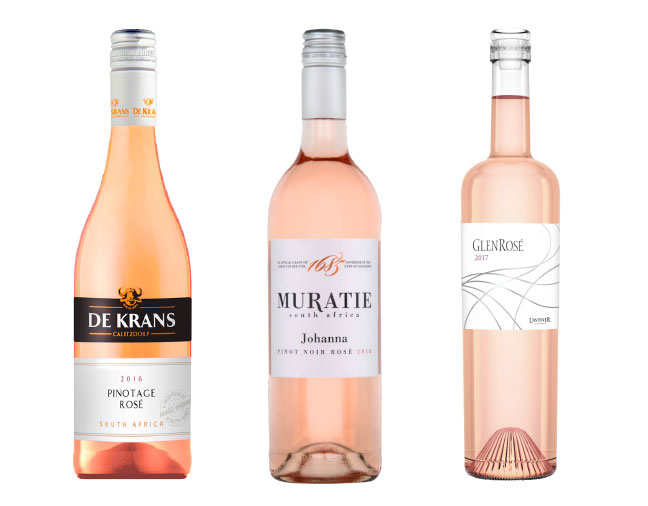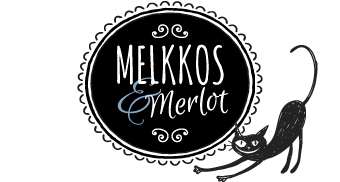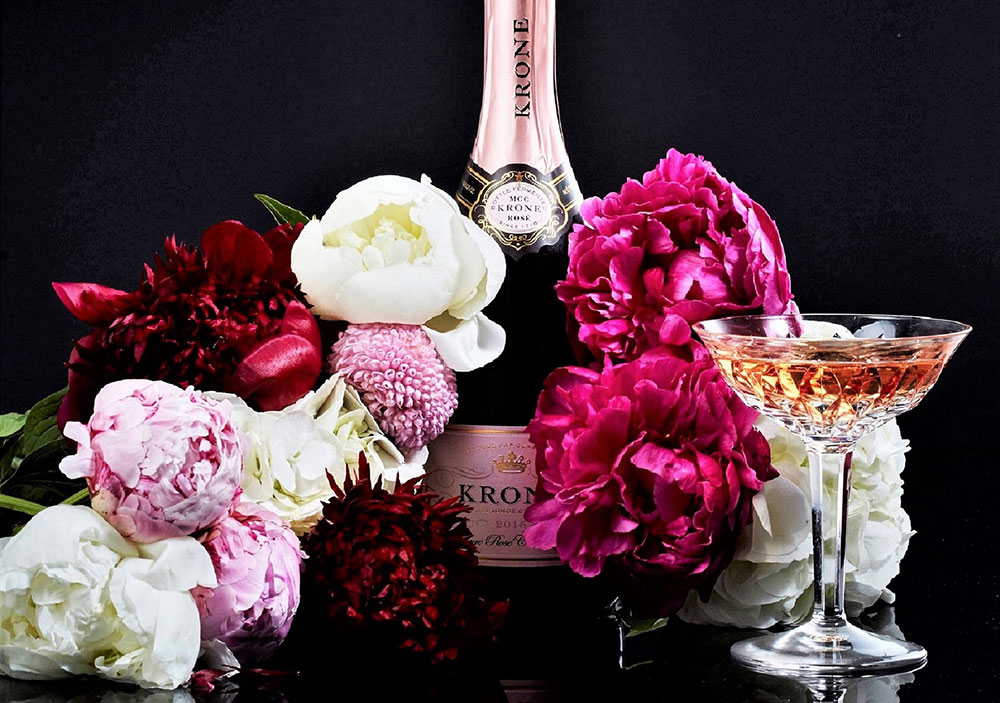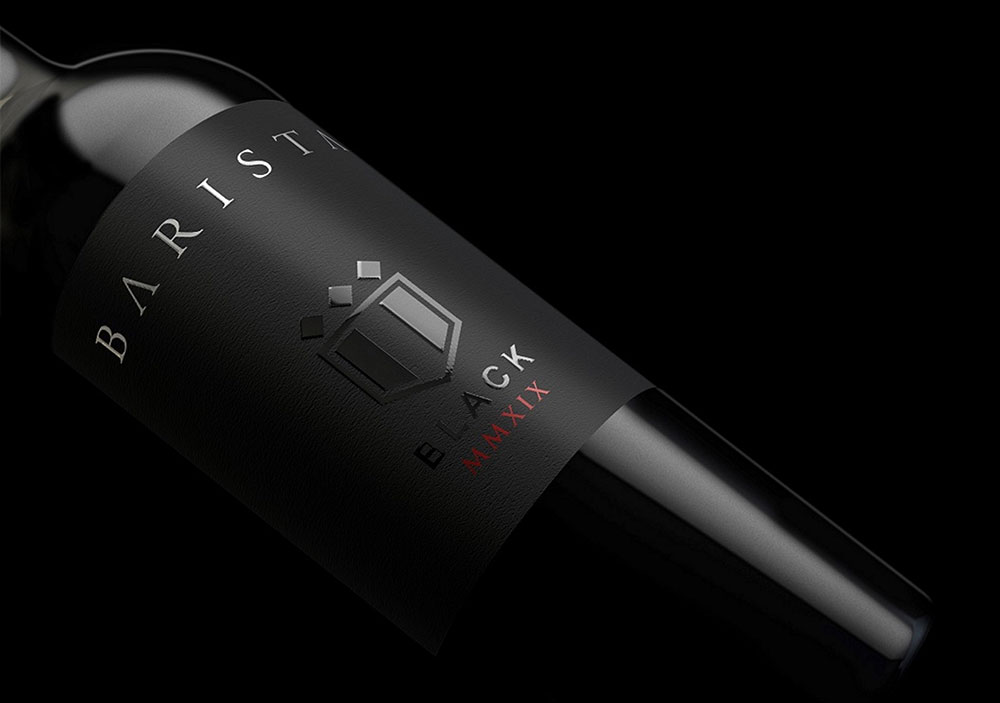Pink is an unabashedly feminine and festive summery colour. Now this may be a gender issue, but my love of all things pink most definitely extends to wine too. Apparently I’m not alone, for the popularity of rosé wines is going only one way in SA, and that’s up.
I first discovered the wondrousness of a proper rosé in what I consider its birthplace, the south of France. Back then South Africa still had a frightful penchant for bright cerise/way-too-close-to-red rosé wines that were often sweet. And for me that’s not the point of rosé. I want it pale salmon/blush – what the French call onionskin. And I want it on the dry side with lovely fruit and enough acid to keep it from being flabby.
Rosé wines have come a seriously long way in the last 15 years and today we’re spoilt for choice. Our annual Rosé Rocks contest has been going for a while and an independent judging panel (which tastes blind) levels the playing field between high priced and low priced rosé wines in a most interesting way. One of my all-time favourites, De Grendel’s rosé got a double gold this year, which pleased me mightily. So too the offering from Mulderbosch. But, and this is a big but, don’t limit yourself to exploring only these pink winners, because there is an enjoyably obscene variety for you to choose from for your summer sipping.
A while ago I was fortunate enough to go to Vinimark’s annual Wine Trade Fair. These events are seriously handy because they give one a chance to do some concentrated tasting in a short time. I’ll share some more of the gems I tasted in the coming weeks but first up – because summer is so knocking on our doors – a short list of the rosé wines I loved and will be enjoying at leisure this festive season.
For the serious winos out there, I am including RS (residual sugar), TA (total acidity) and alcohol percentage. Nearest available online price I could find at time of publication is also listed. Here goes, and in no particular order of preference:
Delaire Graff Rose (Cabernet Franc) 2018 – R83
Unusually, this rosé is 100% Cabernet Franc grapes. The terrible drought in the Cape hit all vineyards, making 2018 one of the most challenging harvests in years with reduced yields. The result is not bad though, because it makes for a wine with fabulously concentrated flavour. Grapes were handpicked early in the morning from selected vineyards on the Helshoogte (which I’ve cycled up – crying all the way – many a time) and Helderberg mountain. The wine was fermented for three weeks at cool 14 degree Celsius temperatures and then left on the primary lees. You’ll find fruity strawberry, berries and candyfloss on the nose. This translates into darker berries and a creaminess on the palate with a pleasantly long dry finish. The Delaire Graff Cab Franc rosé got the nod in the 2018 Rosé Rocks competition with a gold medal awarded to it.
RS 2.9g/l
TA 6.0g/l
Alcohol 13%
Glen Carlou Pinot Noir Rosé 2018 – R86
Glen Carlou is a relative newcomer to the world of pink, but I’m ever so happy that they have gone there. Their offering is made from hand harvested 100% Pinot Noir grapes from the Simonsberg-Paarl ward. Wine maker Johnnie Calitz tried to preserve a delicate fruit/acid balance when making their 2018. On the nose there’s bursting raspberry and a touch of citrus. This translates into loads of red berries on the palate with a slight floral rose undertone plus a touch of slight and very pleasing minerality. The grapes were whole bunch pressed with a cool ferment. It’s crisp, subtly fruity and moreish.
RS 1.0 g/l
TA 6.2g/l
Alc 12.5%

In the pink: Try these gorgeous blush beauties this summer.
De Morgenzon Garden Vineyards Rosé 2017 – R100
De Morgenzon’s offering is a blend of no fewer than 5 varieties, which is really quite unusual for SA rosé wines. The 2017 consists of 41% Shiraz, 22% Grenache Noir, 18% Mourvedre, 16% Cinsaut and 3% Viognier. Grapes were partially whole bunch pressed with the balance destemmed. The resulting juice had grape skin contact for 2-3 hours, ensuring a gorgeous pale blush wine. For added depth, body and complexity, this wine was also partially matured in old oak barrels for a few months – once again quite unusual for South African rosé vinification. It has loads of red summer berries on the nose and juicy fruit salad on the palate along with a floral note and a very subtle hint of spice. It ends long and dry. This rosé is a touch heavier on the alcohol than many of the others listed here, so I consider this very much a food rosé as opposed to an easy on-its-own summer sun sipper. I love this wine and others do too, because the 2017 got 4 Platter stars. I haven’t tasted the 2018 yet, but it’s bound not to disappoint. Now let’s talk bottle. This label is just about one of the prettiest around. And for girls like me who fret about what their festive table settings look like, that matters!
TA 5.0g/l
RS 1.0g/l
Alc: 13.79%
Fat Bastard Pinot Noir Rosé 2017 – R85
Fat Bastard’s offering is made from Pinot Noir grapes that thrive in the limestone-rich soils of the Roberson wine valley. On the nose you’ll find strawberry with underlying florals. This wine is lower in alcohol than many other rosé wines, which makes this a summer winner for easy sipping in the sun. A touch more sugar makes this a good choice for those who do not like their rosé bone dry. It’s a fruit-driven, succulent crowd pleaser with a seriously fun (how can a pink sparkly hippo not be cute?) label that shouts party.
RS 7.8g/l
TA 6.4 g/l
Alc 9.7%
De Krans Pinotage Rose – R54
Having experimented with other grape varieties for their rosé wine prior to 2016, De Krans has now firmly found its stride as a Pinotage rosé producer, as they believe that this unique South African grape is particularly suited for the production of rosé. Retailing at the R65 mark (R54 online from the estate at time of publication), De Krans’s pink offering is a fantastic choice as an affordable summer crowd pleaser. Grapes were destemmed and crushed and juice drained from the skins pretty much straight away. The result is a lovely light blush colour. On the nose you’ll find soft rose, candyfloss and a hint of strawberry. Take a sip and you’ll discover a wine that is fruit forward but dry, with a nice acid profile to balance. The De Krans received a Double Gold medal in the 2018 Rosé Rocks competition. Which just goes to show that ‘affordable’ and ‘quality’ are not necessarily mutually exclusive!
RS 7.2g/l
TA 5.7g/l
Alc 13%

Muratie Johanna Dry Rosé – R85
This wine is named after Johanna – who started working in the Muratie vineyards as a youngster and is still there, albeit no longer in the vineyards. It’s made from mostly Pinot Noir grapes grown 280m above sea level. Fruit was hand selected and picked, gently crushed and pressed straight away with juice left on the grape skins for just 5 hours, accounting for the gorgeous pale almost salmon blush colour. Of course it’s fruity on the nose with loads of red berries, yet it’s fabulously dry on the palate. I did not taste this at the wine fair even though Muratie was there. Fortunately a recent visit to the cellars reminded me just how much I like it. They clearly love pinks just as much as I do because the door of their tasting room fridge has a sign that reads: Hell is a fridge with no rosé. I concur.
RS 4.8g/l
TA 6.9g/l
Alcohol 12.2%
L’Avenir GlenRosé 2017 – R250
Another 100% Pinotage rosé, the grapes for this premium rosé came from L’Avenir’s most iconic block of Pinotage (Blk2) at the highest point of this Stellenbosch farm – 220m above sea level. Now if you know your wine, you know the role altitude plays in creating quality wines, especially in very hot regions. If you don’t, I won’t bore you with the techie stuff. Let’s just say that vines like being cooled down after a hot day and leave it there. The most common type of soil found in this premium block is Glenrosa, hence the name of the wine. Grapes were harvested quite early to ensure good natural acidity and preserve its fresh fruitiness. Skin contact was limited to 2 hours tops and only free run juice was used. On the nose there is candy-sweet strawberry and rose petal as well as citrus. It’s crisp and clean on the palate with nice fruit/acid balance. This is a food rosé – think treat things like crayfish on the braai. Price point wise it is very much in the premium category, but just look at the bottle – with its exquisite design and glass stopper it’s a keeper, so to my mind this is a pretty special Christmas pressie for your rosé-loving mates.
RS 1.6g/l
TA 6.7g/l
Alcohol 13%
About this article: I only write about places and things I actually really like. Should I receive complimentary meals/tickets/diamonds, this will always be revealed. I’m not in the rubbishing business, so if something is not my cup of tea, I’ll simply not write about it (but I’ll keep the diamonds). Therefore this is not so much a review, as a personal recommendation of places and things I like.
















Leave A Comment